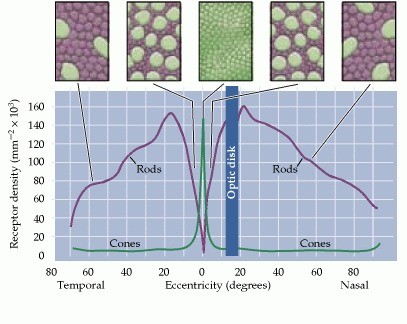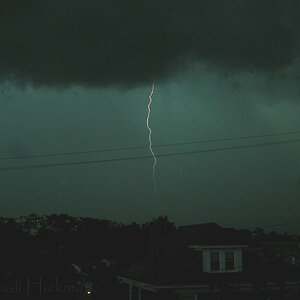Werra
TPF Noob!
- Joined
- Jun 7, 2011
- Messages
- 8
- Reaction score
- 0
- Location
- Essex, England
- Can others edit my Photos
- Photos OK to edit
I don't really understand how this figure is arrived at but it seems an interesting factoid to me!
"How many megapixels do our eyes have?"
Sound and Light Reflections: How many megapixels do our eyes have?
"How many megapixels do our eyes have?"
Sound and Light Reflections: How many megapixels do our eyes have?
- comparing the number of sensing elements - the eye has 5 million cones (the color receptors) and 100 million rods (the monochrome contrast receptors) which give a human the equivalent of two 105MP (MegaPixel) video cameras (because we have two eyes).
- comparing spatial resolution over the eye's field of view - we have the equivalent of 576MP.




![[No title]](/data/xfmg/thumbnail/35/35215-cb01ff31834a4ee952045622f00781a5.jpg?1619736952)






![[No title]](/data/xfmg/thumbnail/41/41934-5071025280901954ee561590003df10e.jpg?1619739947)
![[No title]](/data/xfmg/thumbnail/36/36674-2a99a33f8b4e9e3d34b08a4ec08fbde8.jpg?1619737676)

